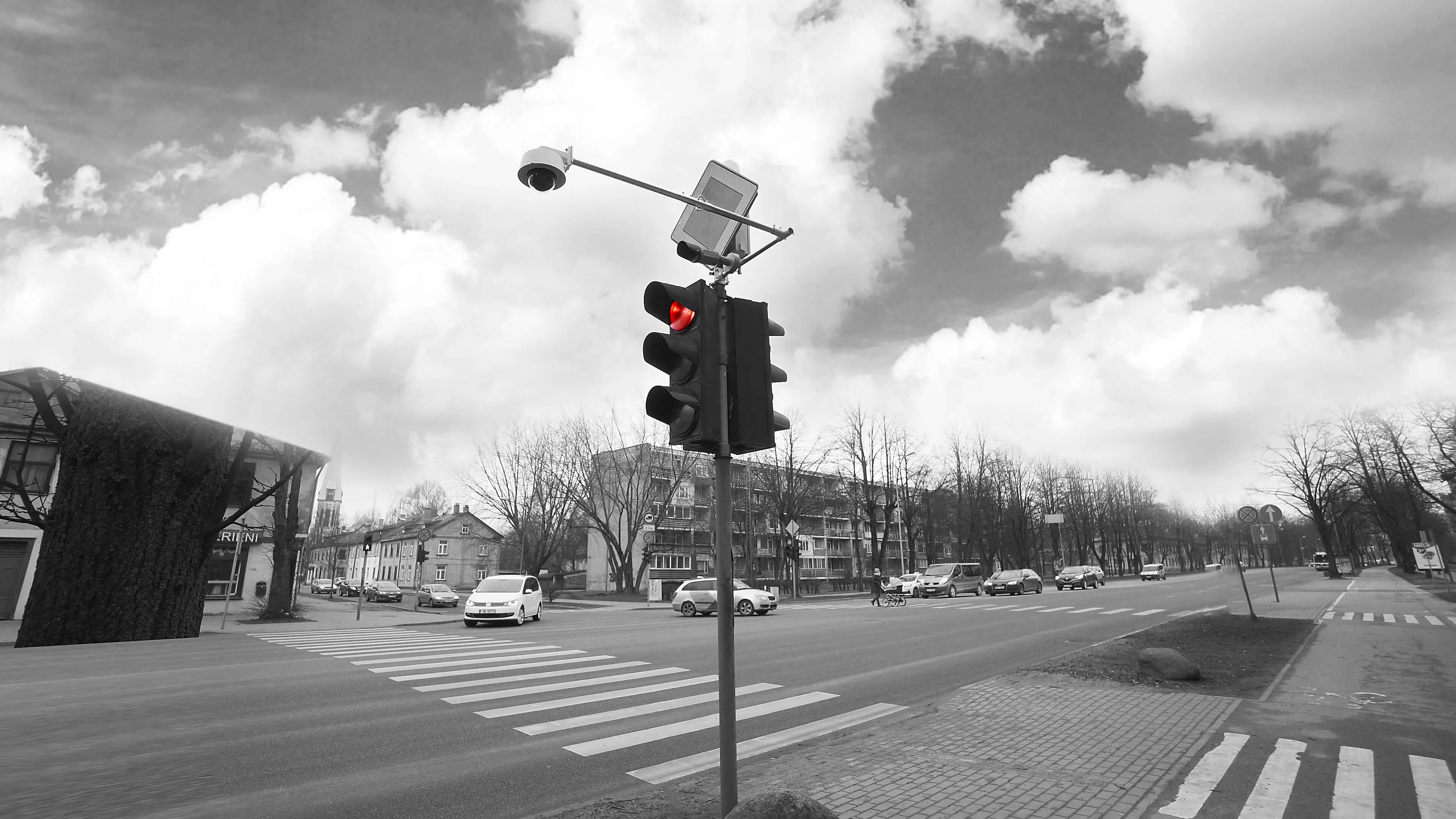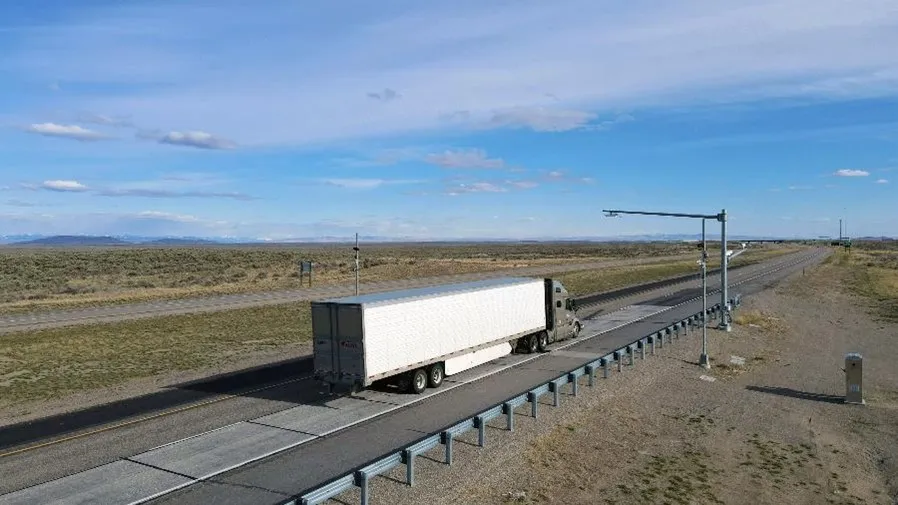
LMT has confirmed a prototype of its artificial intelligence (AI) traffic monitoring solution has detected nearly 9,000 run red lights at an intersection in Riga, Latvia.
LMT's AI traffic monitoring solution collects data via a plug-and-play traffic light camera, which uses computer vision technology to determine if a car has run a red light. The solution saves the car’s number plate in the system for violations processing, which can be further managed by law enforcement institutions.
The company says another prototype of its solution was set up in the Latvian city of Liepaja at an intersection that “notoriously experienced a higher level of traffic incidents”.
According to LMT, the prototype was able to identify driver behaviour, which the municipality is now able to address through improved signage and speed bumps.
LMT president Juris Binde says thousands of drivers in Europe run a red light every day but only a small part of these vehicles are detected and addressed, permitting drivers to continue disobeying traffic rules.
“Thus, implementing AI-powered technology solutions into the traffic monitoring system is a step that could significantly improve traffic safety and the European road traffic culture in the near future,” Binde adds.
The system alleviates pressure on law enforcement resources and can identify larger amounts of traffic violations and thereby further discourage reckless driving, the company adds.
LMT is currently able to provide testing of the AI traffic monitoring solution for potential clients in other countries. Installing the solution is construction-free, and it can be set up in less than a day on every traffic light pole with access to electricity and 4G or 5G network coverage.









